Source: East Asia Summit Clean Energy Forum Author: International Department of the General Institute of Hydropower
The 30th ASEAN Renewable Energy Special Working Group and its conferences were successfully held in Vientiane, Laos from 3 to 5 May 2023. The conference is co-hosted by the Ministry of Natural Resources, Environment and Climate Change, the Ministry of Energy and Mineral, the ASEAN Secretariat and the ASEAN Energy Center. It is a working level meeting in the field of renewable energy under the ASEAN international cooperation mechanism. Meeting is divided into the third asean renewable energy long-term roadmap special meeting, asean offshore wind + demonstration project potential project, asean electric vehicle strategy into the asean biofuel route special meeting three supporting workshops, during the meeting of asean members and other stakeholders around asean renewable energy development and regional energy low carbon transformation goals. The team of the General Institute of Hydropower Planning and Design attended this meeting. In order to help you to understand the relevant information, we will share the new news with you here.
During the forum, the ASEAN Energy Center introduced the latest development of renewable energy in ASEAN.
01 Overall energy development in ASEAN
Energy development trends:
The overall energy structure of ASEAN is dominated by oil, natural gas and coal mines. From 2010 to 2020, the total installed capacity of energy in ASEAN region increased from 507 million tons of oil equivalent to 652 million tons of oil equivalent, among which the share of renewable energy in the total installed capacity increased from 11.7% to 14.2%.
Energy technology development:
The energy technology development of the ten ASEAN countries mainly focuses on three fields: natural gas, hydropower and coal mine.
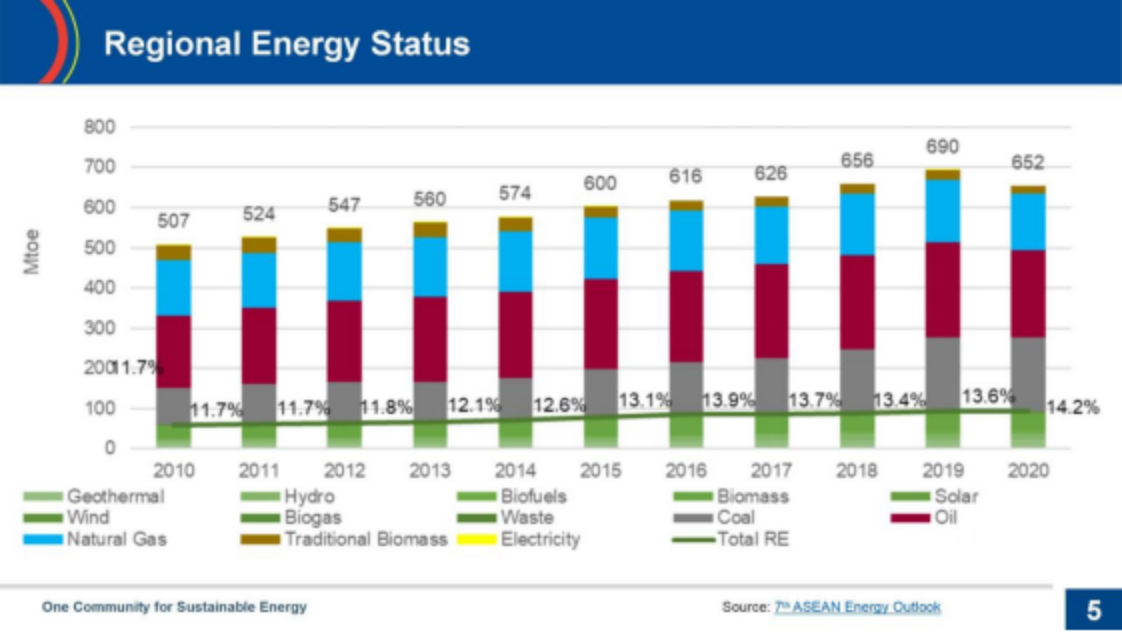
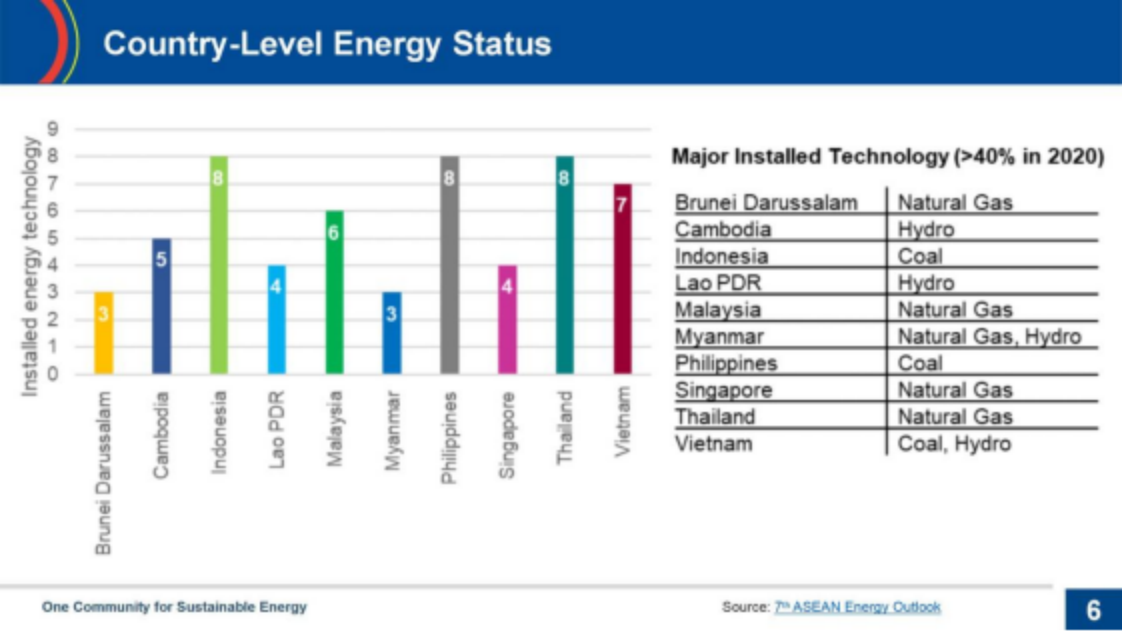
02 SWOT analysis of energy development of ASEAN member states
Given ASEAN's goal of increasing the proportion of renewable energy in its energy mix to 23% by 2025, the ASEAN region needs to adjust policies and regulations on energy, trade and the environment to promote renewable energy development, and financing is crucial to support the implementation of ASEAN integration and cross-border infrastructure. The following is an SWOT analysis of the renewable energy policies in the ASEAN region.
(1) ASEAN as a whole
superiority:
Asean members are clearly determined to increase the share of renewable energy
Most countries have adopted incentives
Implement cross-border electricity trade and participate in the construction of ASEAN power grid
Good environment to gain international support to achieve renewable energy targets
throw down the gauntlet:
The willingness to phase out coal burning is not strong
Regime change leads to changes in political positions and priorities
Lack of local renewable energy planning and investment facilities
The development of power grids varies across countries
favourable circumstances:
National experience sharing can be conducted in the region
Strategic climate financing can be coordinated and mobilized within the region
Set short-and medium-term R & D priorities
Building a financing infrastructure within the region
Improve the ASEAN power grid and further support the development of renewable energy
Raise the target of renewable energy development ambitions
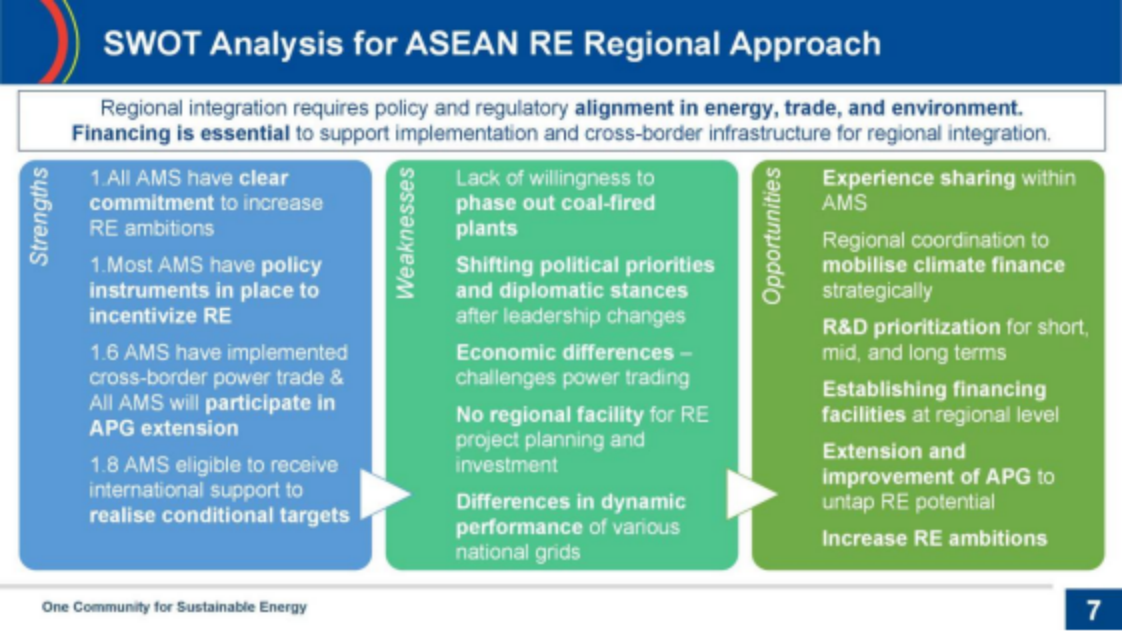
(2) Opportunities and challenges of renewable energy development in ASEAN member states
1. Brunei
Renewable energy development strategic position is high, and the financing strength is strong
There is no clear renewable energy and climate investment plan yet
2. Cambodia
He has rich experience in cross-border electricity trade and has a good endowment of hydropower, solar energy and wind energy resources
The technical assistance required for nationally determined contribution goals is unclear
3. Indonesia
It plans to achieve net zero emissions by 2060, and renewable energy development contributes 35% of ASEAN's GDP
Sumatra has not yet been connected to the power grids of other ASEAN countries, nor are Indonesia's major power grids connected
4. Laos
Rich experience in hydropower development and cross-border electricity trade
The national autonomous contribution goal remains to include coal plants as part of the energy transition plan
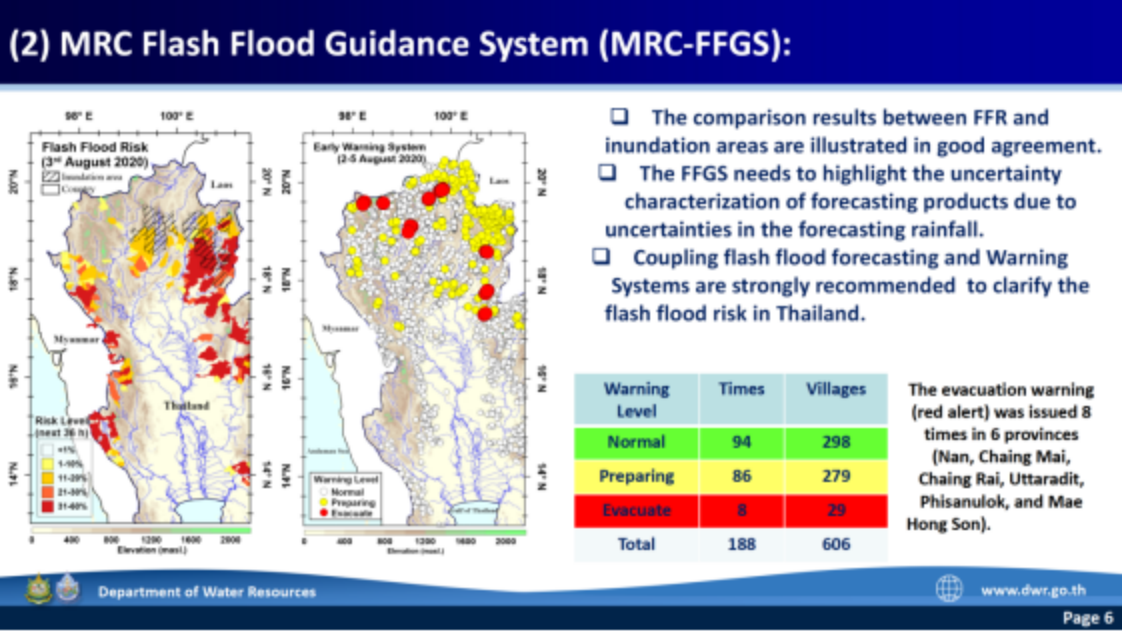
5. Malaysia
Making renewable energy investment a priority in the 12th Malaysia project, with rich experience in solar energy development
Long procedures for land use and hydropower development approval for solar power development
6. Myanmar
Raise the renewable energy target to 48% by 2030
Low index (165 / 190 in 2019)
7. The Philippines
The implementation of renewable energy quota plans has rich experience in promoting competitive renewable energy development in unbundled markets
There is currently no grid interconnection with other ASEAN members, and there are challenges due to the nature of the islands
8. Singapore
It plans to import 4 million kilowatts of low-carbon power by 2035, and implement the carbon tax plan, which has a strong financing capacity
Natural resources are limited
9. Thailand
Rich experience in cross-border connectivity and achieving electric vehicle goals
By 2020, natural gas will remain the energy agency, accounting for 56.5% of installed capacity
10. Vietnam
Experienced in cross-border electricity trade, it has achieved the fastest growth in renewable energy since 2019
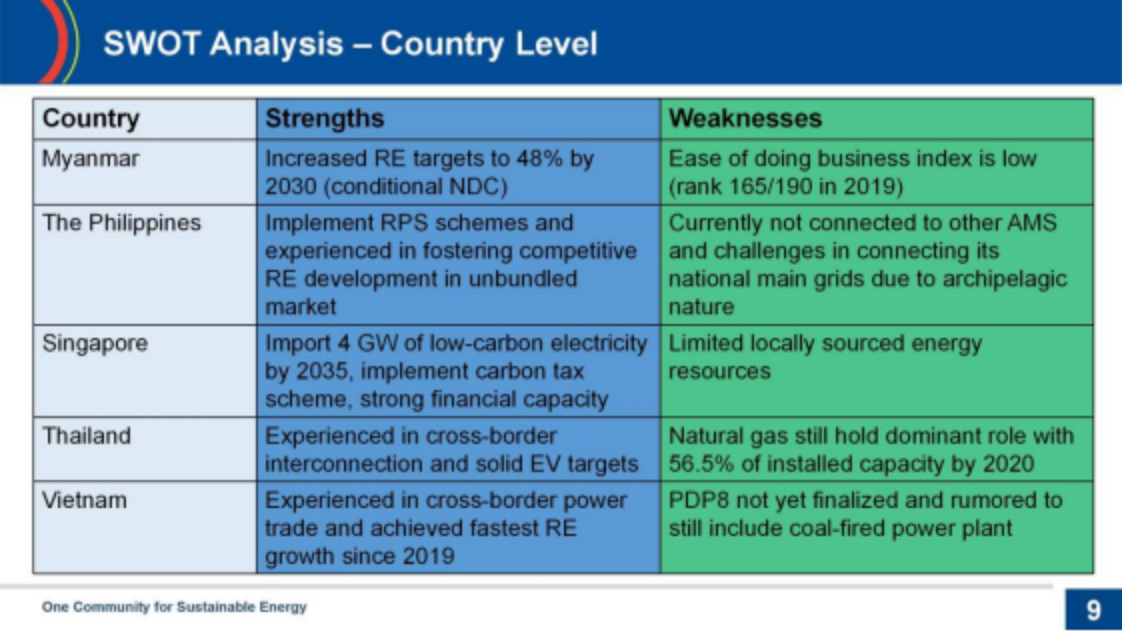
03 ASEAN renewable Energy development recommendations
Asean plans to compile a long-term development roadmap for ASEAN renewable energy, and carry out institutional building, technology research and development and investment in seven stages within 30 years, so as to achieve ASEAN connectivity and achieve the goal of renewable energy.
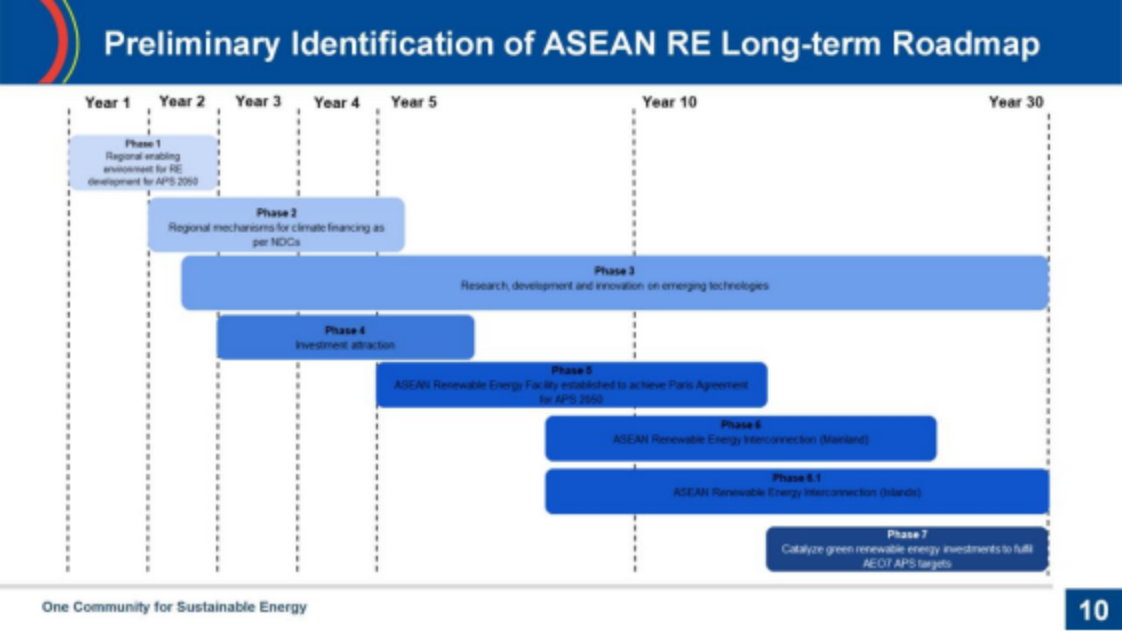
To achieve the renewable energy development goals, the ASEAN Energy Centre recommends that the ASEAN member states should:
Learn from the experience of ASEAN members
Increased investment in renewable energy sources
Re-evaluate the coal plant
Focus on climate financing
Provide capacity-building for policy makers
"Negative watt ASEAN" —— to improve energy efficiency
Raise ambitious targets for renewable energy
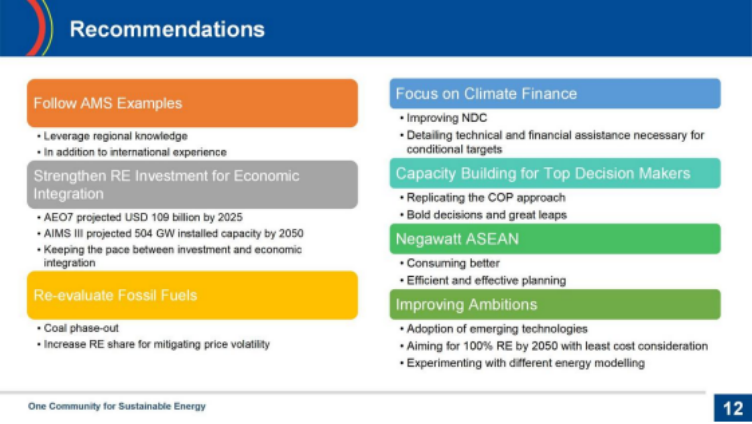
If you think this information infringes on your legitimate rights, please send evidence/ relevant qualification and requirements to info@v-cheersfilters.com, V-cheers webmaster will reply you as soon as possible.
08-31
202507-31
202506-30
202505-31
202505-15
2025